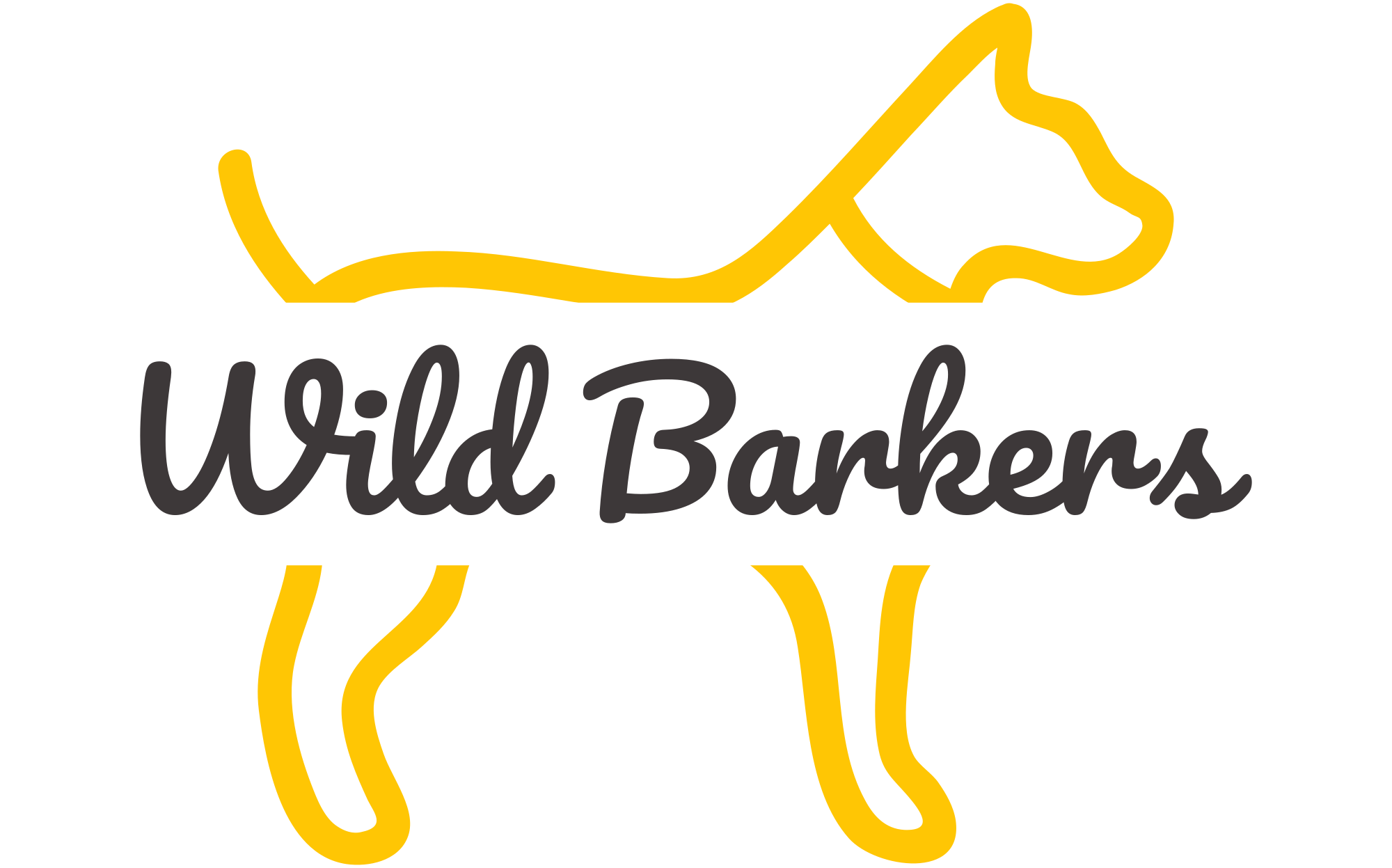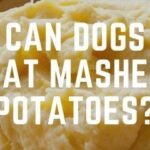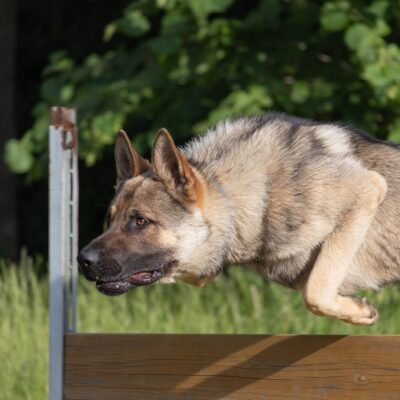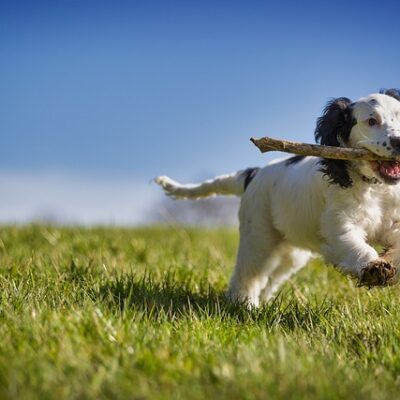Can dogs eat Oreos? No, no, no! Although Oreos do not contain high levels of real chocolate, they do however, contain cocoa, which is the main ingredient to make chocolate. As well as containing these toxic ingredients, Oreos can also be classed as a “junk” food for dogs as they’re high in fat and sugar. This article will give you an insight into Oreos, chocolate poisoning, and other healthier alternative dog treats that can be easily baked at home, enjoy!
Busy? Get Your Hands Paws On The Answers Quickly…
- Are Dogs Allowed Oreos?
- Why Can’t Dogs Eat Chocolate?
- Other Harmful Products For Dogs
- Alternative Healthy Treat Options For Dogs
- FAQs
ARE DOGS ALLOWED OREOS?
As mentioned above, it is not good to feed your dog Oreos for a number of reasons. Some dogs have very sensitive stomachs and find it difficult to digest toxic foods, in this case, chocolate. Some dogs could eat a whole packet and show little signs of chocolate poisoning. However, others may eat a crumb or two and become severely ill. Below we have outlined the causes of chocolate poisoning, signs and symptoms, and the treatment.
WHY CAN’T DOGS EAT CHOCOLATE?
Dark chocolate and cocoa powder are the most toxic to dogs as they contain high levels of theobromine. Theobromine contains a stimulant formula (similar to caffeine) that is highly toxic to dogs when digested.
Like humans, dogs are unique and different. Therefore, some dogs will eat a whole bar of choccy and be on top of the world, whereas others will have a small piece and become seriously ill.
If your dog has eaten more than an oz, per lb of their body weight, they’re likely to be at risk of chocolate poisoning and would need a veterinarians assistance straight away.
In regards to dark chocolate, the amount consumed is much less. If your dog has eaten more than 0.13 oz, per lb. of their body weight, they may suffer from chocolate poisoning.
Signs and Symptoms of Chocolate Poisoning
If your dogs have found some loose chocolate lying around the house, more often than not, it will not be enough to harm them. However, if you do notice any of the signs or symptoms (see below), you should contact your local veterinarian as soon as possible.
Chocolate Poisoning Symptoms;
> Shaking or trembling
> Stomach cramps
> Loss of Appetite
> Dehydration
> Red and Swollen Lips
> Vomiting
> Diarrhea
Chocolate Poisoning Treatment
If you think your dog has eaten chocolate, you should call your vet as soon as possible. The symptoms your dog is displaying will determine the type of treatment they receive. The vet will more than likely make your dog vomit to try and retrieve it. If this treatment does not bring it up, and the process has gone too far, the vet will provide a type of charcoal that helps bind and neutralize the toxins inside the stomach. This will prevent the stomach absorbing any more of the harmful substance and stop any skin irritation or sores.
OTHER HARMFUL PRODUCTS FOR DOGS
Grapes, Currants, Sultanas, and Raisins
When asking dog owners about toxic foods, most can relate to grapes and raisins. The toxic substance is unknown, but we do know the serious consequences these have on your dog. Sensitive dogs can suffer from kidney failure if they consume any of these highly toxic foods. Experts suggest that there is no “safe” level of grape, currant, sultana, or raisin consumption, and your dog should be instantly taken to the vets.
Xylitol
An artificial sweetener that is a common ingredient in “sugar-free” products. Xylitol can cause the digestive system to fail and has a severe impact on a dog’s internal organs. It can also cause blood clots and liver failure. If you’re buying humans treats (e.g., peanut butter) for your dog, check the label to ensure it does not contain this toxic substance.
Caffeine
Just like chocolate, caffeine is a stimulant and is highly toxic to dogs. Humans like a coffee or two to help them through a busy day, unfortunately for dogs this is not the case. A couple of laps of coffee or tea are unlikely to affect a dog, however munching on some loose coffee beans or tea bags could cause serious harm. The signs or symptoms of caffeine poisoning are very similar to that of chocolate.
Alcohol
Significantly more toxic to dogs than humans, alcohol should not be consumed at all. Even small consumption levels of alcohol can cause your dog to vomit, lose coordination, loose bowels, difficulty in breathing, and die. It is very important to key alcohol as high as possible and out of reach from your pooch.
Onions and Garlic
Very common in most dishes, when chopping can easily be dropped on the floor. Don’t let your pooch eat it! Onions are very difficult for dogs to digest and can block the food pathway to their stomach.
Onion and garlic powder are added ingredients into a lot of shop bought food, ensure any food you give your dog does not contain these by checking the label.
ALTERNATIVE HEALTHY TREAT OPTIONS FOR DOGS
Apple
Apples contain excellent levels of vitamins A and C. This fruit is a delicious and super refreshing snack for your dog. When frozen, apples are excellent for a dog’s teeth.
Rather than chewing away at a shop bought bone or stick, a frozen apple works as well, if not better. As well as this, it also helps to remove any residue of a dog’s teeth, resulting in a better smelling breath!
Bananas
Bananas are high in potassium, vitamin B6, and vitamin C. Some highly qualified veterinarians recommend this fruit as a natural replacement for shop-bought treats that can be high in fat and calories. However, like with all ‘human’ foods, it should be given to your dog in moderation and ensure they’re not allergic to it.
Bananas are best peeled and sliced for your furry friend; however, if they do eat the skin, you do not need to worry as it is not toxic. Finely slicing the banana into small chunks will help avoid any potential choking.
If you have mentally stimulating dog toys, for example, a kong, you can mush the banana up and put it inside the kong, this works great and keeps your dog occupied for an extended period of time.
Blueberries
Blueberries are an excellent choice of healthy snack for your dog. They are extremely low in calories yet have high amounts of vitamin C & K, fiber, and antioxidants. Vitamin C and fiber are important components of a canine’s diet, as well as the antioxidants that help fight off diseases, illnesses and decrease the risk of arthritis in older dogs.
Blueberries also make an excellent choice of snack due to their size— no need for hours of preparation, pop them out of the packet into your dog’s bowl and away you go. Although you may want to keep a close eye on them as that purple trail may cause a mess!
Kiwis
Kiwi’s make an excellent snack for your dog. If feeding kiwi to your dog, it is best to remove the skin before doing so as it can be difficult to digest. Kiwis provide your dog with high levels of vitamin C and potassium, which are important nutrients within their diet. Kiwi’s may seem a small fruit for us humans, but a whole kiwi could be too much for a dog. Prepare the kiwi by slicing it into small chunks and feeding around ¼ or ⅓ of the kiwi at a time.
As with all ‘human’ foods, when introducing it into your dog’s diet for the first time, it is recommended that you contact your local vet for serving suggestions.
Can dogs eat cereal?
It depends. Most cereals are safe for dogs, and a small amount is considered ok, but it depends on the ingredients. There are several ingredients commonly used in a cereal that needs to be avoided, like chocolate, grapes, raisins, and sweeteners, as these can be toxic.
Cereal does not have nutritional benefits for dogs, and most contain a considerable amount of sugar, which is not recommended for dogs. Although it might be safe, it is not the healthiest option.
Can dogs eat sour cream?
Yes, but in moderation. Sour cream is not the most nutritious of foods for dogs. It contains high levels of fat and can negatively affect lactose intolerant dogs due to the milk. It is also important that your dog has plain sour cream, and no other added ingredients are added (onions, chives).
Why do dogs wink?
Dogs winking tends to be a learned behavioral cue. They usually use this as a way of making eye contact, looking for attention, or imitating their owners. You may notice your dog winking at their food, treats, or toys. This is a way of asking or demanding their owner to help provide them the goods.
Looking for more pawsome posts? Check these out…
Can Dogs Eat Lettuce?
How To Make A Snuffle Mat
When Do Puppies Lose Their Teeth?
Can Dogs Eat Broccoli?
Can Dogs Eat Watermelon?
Disclaimer: Each dog is different, and every circumstance is different. All efforts have been made to provide accurate information. However, it is not provided by a qualified Veterinarian, Veterinarian Surgeon, or Behaviorist. The information provided is purely educational. The information should not be used as an alternative or substitute for medical care. If you have any health or medical concerns, contact a qualified Veterinary Surgeon or Veterinarian immediately.











No Comment! Be the first one.